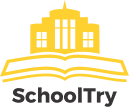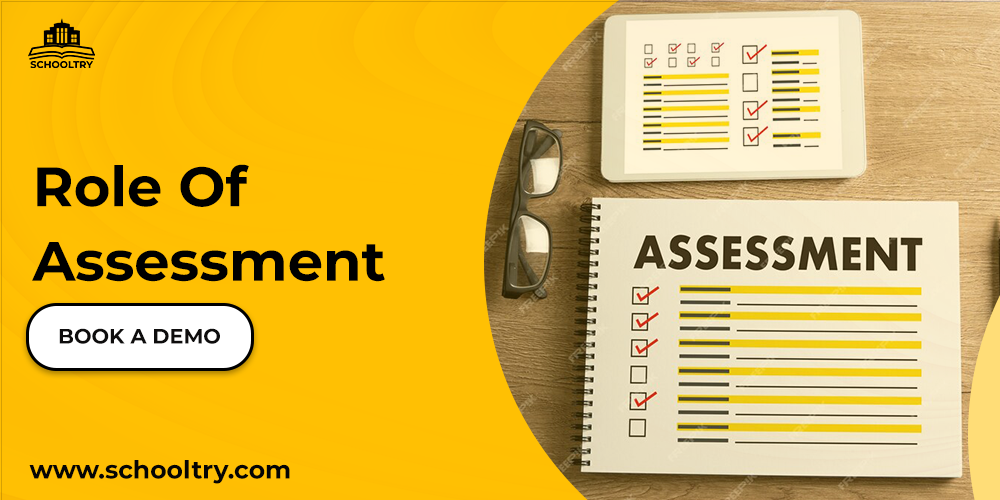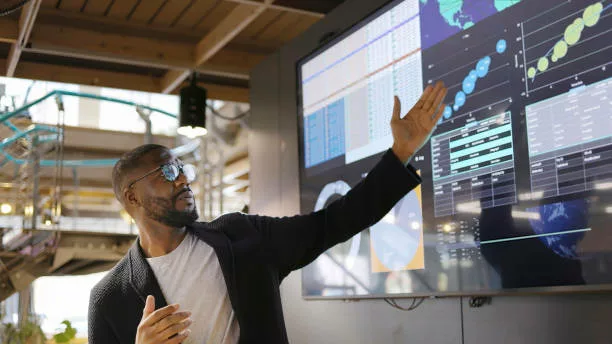Assessments, regardless of the feelings surrounding them, are an essential part of the teaching
process. That is why a topic like The Role of assessment on student progress is important.
let’s dive in,
What is Assessment?
Assessment is the collation of data from different resources to check the student’s learning and
understanding. This data, when reviewed and studied in context, can give an insight into what
went well and what didn’t.
Also, Assessment is a systematic collection of information used to measure how much learning
has taken place. Educators use this information to reteach, plan, and evaluate lessons, and to
make sure learning is occurring
.
Types of Assessment
There are several types of assessment but the two major ones are:
01 Formative assessment:
This is the assessment that is done while the learning process is taking place. The one thing
that stands out about formative assessment is that the feedback is provided immediately. The
student can correct their course of action and then move on. This might help in registering the
content better. Classroom discussions, questions, and answers, vocab checks, dictations are
excellent examples of formative assessments.
02 Summative assessment:
These are used to evaluate student learning, skill acquisition, and academic achievement at the
conclusion of a defined instructional period—typically at the end of a project, unit, course,
semester, program, or school year.
Summative-assessment results are often recorded as scores or grades that are then factored
into a student’s permanent academic record.
Role of assessment on student progress.
01. Identifying Learning Gaps:
Assessments provide valuable insights into students’ understanding of the material. By
analyzing assessment results, educators can identify learning gaps and areas where students
may be struggling. With this information, they are able to tailor their instruction to meet the
specific needs of each student, providing targeted interventions and support.
02. Monitoring Student Growth:
Regular assessments help monitor students’ growth and progress over time. By comparing
assessment results from different points in time, educators can track individual student
development and identify trends. This data allows them to celebrate student achievements and
identify areas where further growth is needed.
03. Feedback and Reflection:
Assessments provide an opportunity for students to receive feedback on their performance.
Constructive feedback helps students understand their strengths and areas for improvement.
Thereby, allowing them to reflect on their learning and make adjustments.
Conclusion
It is important to note that assessment should be diverse and varied to capture a holistic view of
student’s abilities. The combination of the two types of assessment can be used in order to
gather a comprehensive understanding of student’s progress and provide a well-rounded
evaluation. Also, the educator can use digital solutions that will help document and also
automate the assessment process.
Are you a school owner or administrator in need of a web solution like SchoolTry to automate,
digitize or transform your school work. Click on this link to register for free.



